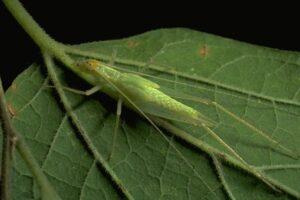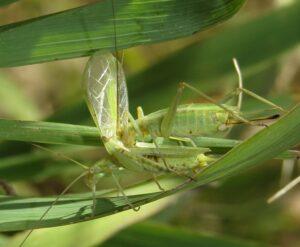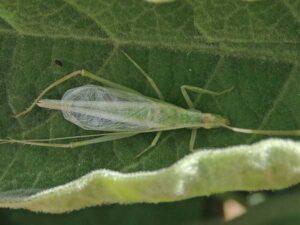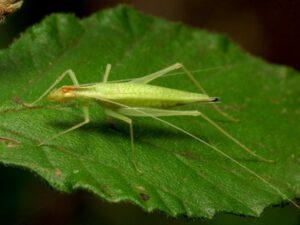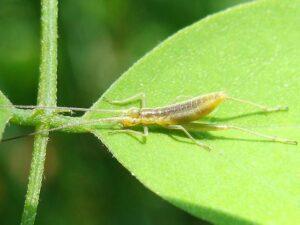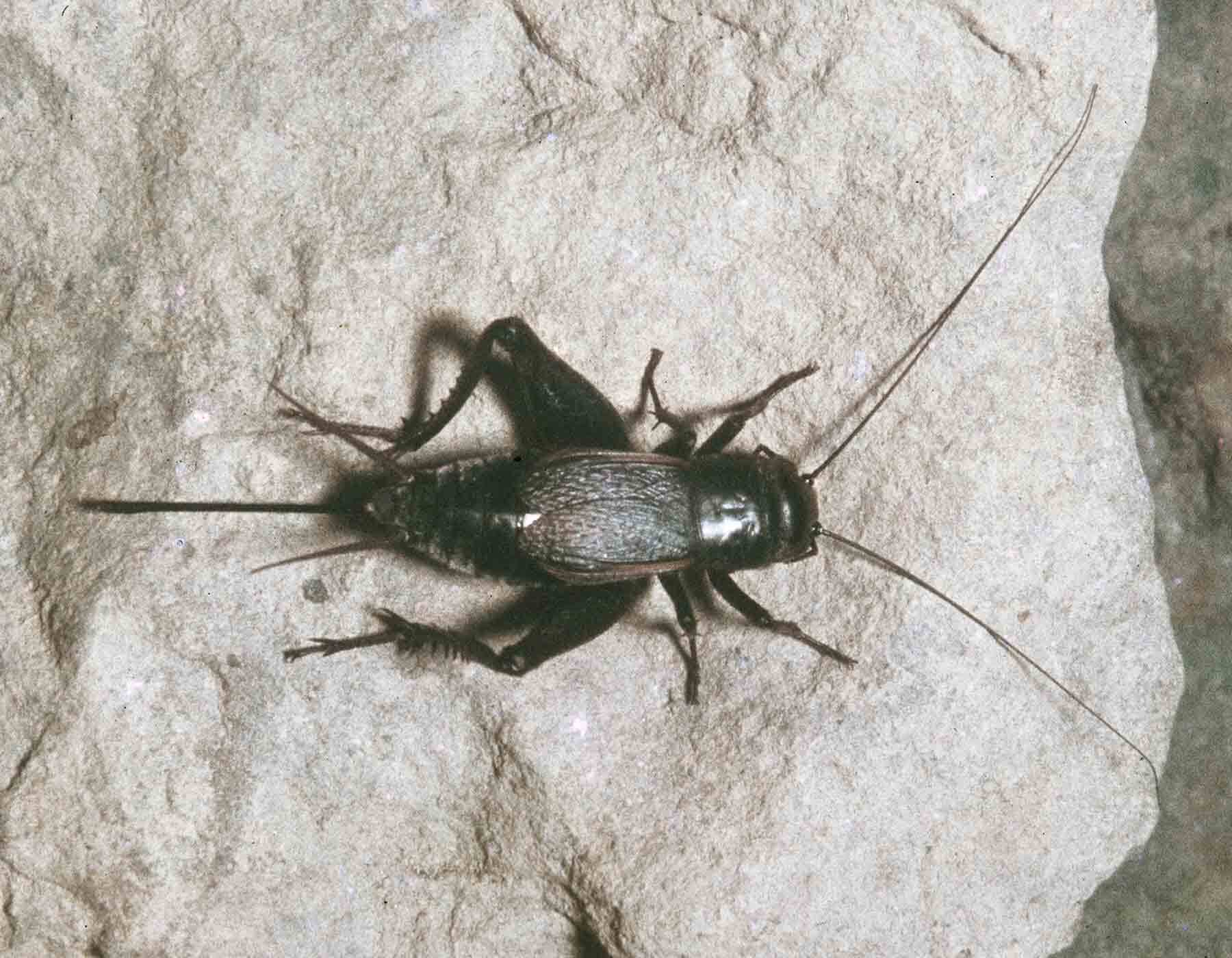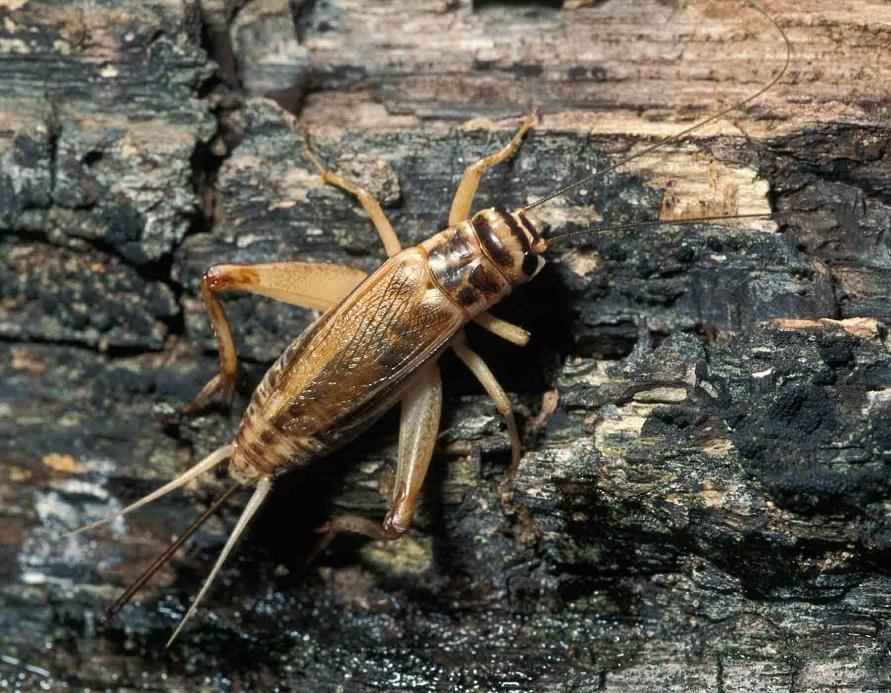Tree Cricket (Oecanthinae)
Updated on
17/11/2022Crickets that make the subfamily Oecanthinae of the family Gryllidae are called tree crickets or pale bush crickets. The subfamily has 3 tribes, Oecanthini, Paroecanthini, and Xabeini, with a total of 25 genera. The melodious chirping of these crickets makes summer and autumn nights magical. It has been an inspiration to many beautiful poems dedicated to their songs.
Scientific Classification
- Class:Insecta
- Order:Orthoptera
- Suborder:Ensifera
- Family:Gryllidae
- Subfamily:Oecanthinae
Conservation Status
Description
Their body is long and skinny, having a color that matches their habitat (usually pale green) for effective camouflage. Big and powerful legs help them to jump. There are spines on their hind legs with tiny teeth in between. They have compound eyes and a pair of antennae on their narrow and elongated heads that can sense both touch and odor. Their body size, excluding limbs, is 0.5-1 inch.
Tree crickets have a pair of wings, like other crickets. The hard and leathery forewings are placed close to the head. The nocturnal insect uses its hindwings for flight. The forewings fold to cover the hindwings when the insect is not flying.
Distribution: All continents except Antarctica.
Habitat: Shrubs, tall herbs, and trees.
Do They Bite/Sting: Yes.
Lifespan: 6 weeks.
Predators: Spiders, robber flies, assassin and ambush bugs, bats, birds, and wasps
Behavior and Characteristics
Diet
They are omnivorous and feed on plant parts, other insects like those of the suborder Sternorrhyncha and even fungi.
Sound
The males rub the ridges of their wings together to produce their mating call. Their song is long and continuous and can be mistaken for the call of a cicada or some frogs. It is lower in pitch than that of other crickets. Females can’t call. The specific range of frequencies of the call is identified by the females in the area.
Since the frequency range changes with temperature, the females have hearing organs equipped to receive a much broader spectrum of frequencies than most other insects. They prefer low-frequency calls as they signify a larger male who can produce more sperms, increasing the chances of offspring. If a male tree cricket’s sound is inaudible, he can amplify it by making a megaphone-like structure from tree leaves.
Life Cycle
1. Egg Stage
Eggs are laid in a series of tiny holes drilled into the bark of trees in the fall. They remain dormant in winter and hatch in spring.
2. Nymph Stage
The young tree crickets are smaller, wingless versions of the adults. They start feeding on aphids and pass through as many as 12 molts before maturing mid-summer.
3. Adult Stage
Shortly after copulation, the male secretes a fluid from a gland situated in the thoracic cavity between its wings. It provides the female with nutrients that increase her chances of reproduction. At times, females steal this fluid from a mating pair or finish consuming the leftover fluid if the first copulating female gets off the male. After mating once, a male cannot mate again for 30-60 min, allowing another spermatophore to form.
Comparison with Similar Species
Their legs are aligned with their bodies, while those of tree crickets are perpendicular.
Source
texasinsects.tamu.edu, bugeric.blogspot.com, smithsonianmag.com, ngkenya.com, bugguide.net




